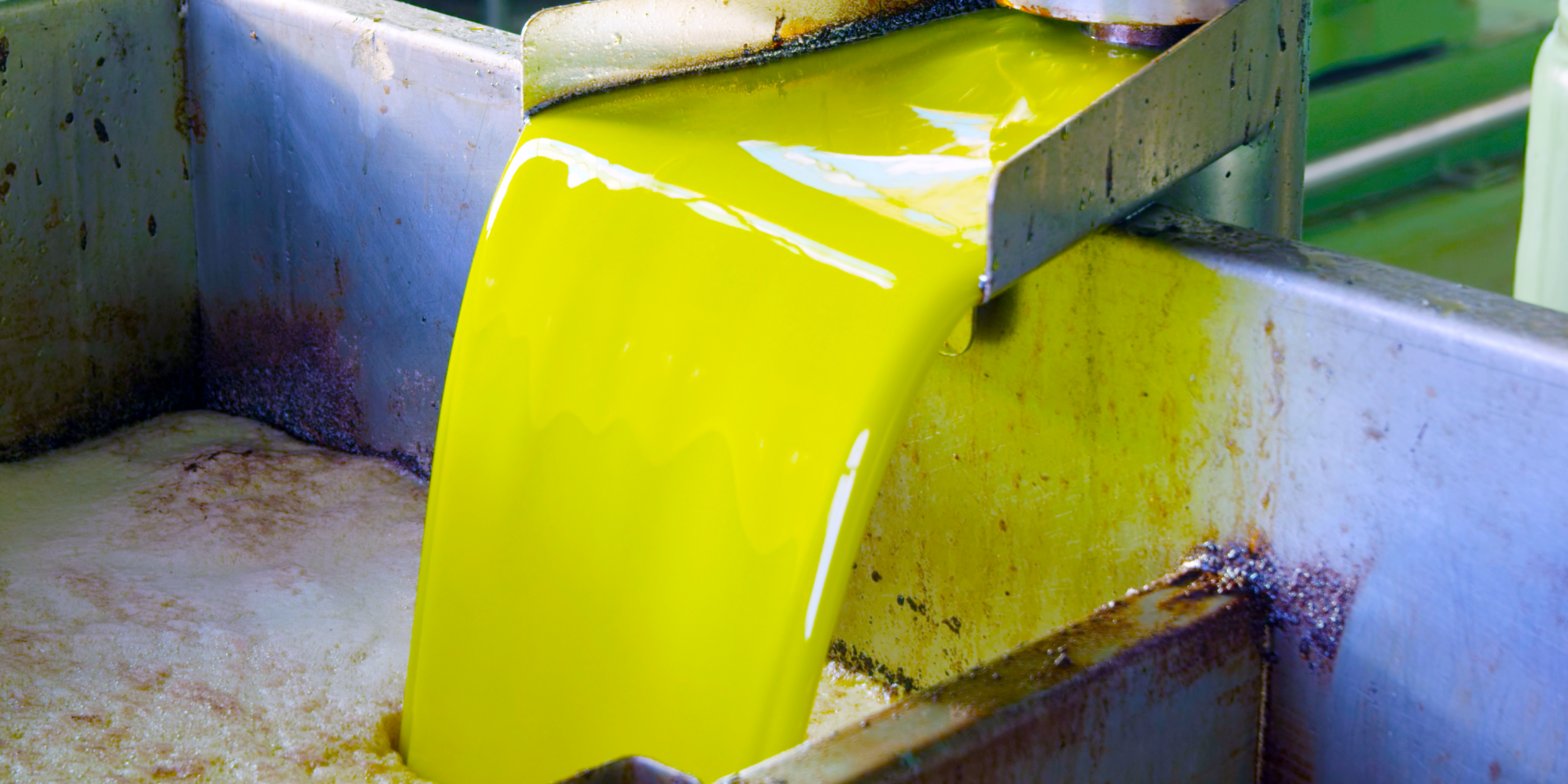Wildfires and extreme heat have damaged olive harvests in Europe, leading to shortages of olive oil. To keep up with demand, olive oil is being imported from South America. “Today it is almost physically impossible to buy olive oil. It is sold out.” Loading Something is loading.
Thanks for signing up!
Access your favorite topics in a personalized feed while you’re on the go.
In the past couple of years, extreme weather, wildfires and droughts have damaged olive tree harvests to the point where Europe is now almost out of local supplies of olive oil.
In Spain — the source of half of the world’s olive oil supply — manufacturers hold only about 115,000 metric tons of available olive oil stock, according to analysts at commodities data group Mintec. That compares with a monthly pace of drawdowns of about 60,000 tons.
“Should this pace of depletion persist, market insiders warn that olive oil supplies could be exhausted before the arrival of fresh harvests, which traditionally commence in Spain around October,” according to Kyle Holland, edible oils analyst at Mintec.
To keep up with demand, European companies are importing olive oil from South America, a necessity that the world’s top producer noted.
“Today it is almost physically impossible to buy olive oil. It is sold out,” Walter Zanre, the chief executive of the UK arm of Filippo Berio, told the Guardian.
But it gets worse: global olive oil production is expected to more than halve to 2.4 million metric tons this year, below demand for 3 million, according to the International Olive Council. And for Spain, forecasts put production at 650,000 tons, far below the usual 1.3 million.
The drought has affected olive tree growers in other Mediterranean regions too, from Greece to Morocco to Italy. Greece is expected to produce only 200,000 tons of olive oil this year, a third less than last year.
Countries like Tunisia, Turkey and Syria have announced export bans on olive oil to protect the commodity from high international prices.
And high these prices have become. According to data from the International Oil Council, a kilogram or extra virgin olive oil was 852 euros earlier this month, more than quadruple what it cost in 2020.
Olive oil prices in pounds/kg since 2011 International Olive Council And in August, the price per ton was 130% higher than the year before, according to the US Department of Agriculture, with prices quickly surpassing the previous record set in 1996.
It’s gotten so bad, that earlier this month, a major oil heist resulted in $500,000 worth of the “liquid gold” stolen from a factory in Córdoba, Spain.
But high prices still haven’t been able to make up for the losses that farmers have suffered. They in particular have felt the consequences of the drought. And when combined with rising energy and labor costs, their incomes have taken an outsized hit.
